Basic knowledge of valves
Posted by Animall Feed Blok Making Machine | updatetime 2020-07-31 16:30
Basic knowledge of valves
The valve is a control component in the pipline fuid conveying system. It is used to change the passage section and the flow direction and the medium. It has the functions of diversion, cutoff, adjustment, throttling, check, diversion or overflow pressure relief.
Valves used for fluid control, from the simplest shut-off valve to the various valves used in extremely complex automatic control systems, have a wide range of varieties and specifications, and the nominal diameter of the valve ranges from extremely small intrument valves to large diameters of 10m Valves for industrial pipelines. The valve can be used to control the flow of various types of fluids such as water, steam, oil, gas, mud, various corrosive media, liquid metals and radioactive fluids. The working pressure of the valve can be from 1.3x10MPa to 1000 MPa ultra-high pressure and working temperature from the ultra-low temperature of -269ºC. The valve can be controlled by a variety of transmission methods, such as manual, electric, hydraulic, pneumatic, worm gear, electromagnetic, electromagnetic-hydraulic, spur gear, bevel gear drive, etc. Under the action of pressure, temperature or other forms of sensing signals, it can act according to the predetermined requirements, or simple open or close without relying on the sensing signal. The valve relies on the drive or automatic mechanism to make the opening and closing parts lift and slide move, swing or rotate to change the size of the flow channel to achieve its control function.
ⅠThe purpose of the valve
The valve is a kind of pipe;ine accessory, it is a device used to change the section of the passage and the flow direction of the medium, and control the movement of the conveying medium. It has diversion, cutoff, adjustment, throttling, check, diversion or overflow pressure relief, etc. Features. Specifically, the valve has the following uses:
1.1 Cut-off valves: Connect or cut off the medium in each section of the pipeline. Such as gate valve, ball valve, plug valve, diaphragm valve, butterfly valve, etc.
1.2 Regulating valves: Regulate the flow and pressure of the medium in the pipeline. Such as throttle valve, regulating valve, pressure reducing valve, safety valve, etc.
1.3 Shunt valve: Change the flow direction of the medium in the pipeline, used to distribute, separate or mix the medium. Such as distribution valve, three-way plug valve, three-way or four-way ball valve, trap, etc.
ⅡClassification of valves
There are many types of valves. With the continuous improvement of the process and performance of various complete sets of equipment, the types of valves are still increasing, but in general they can be divided into two categories:
2.1 Automatic valve
A valve that relies on the ability of the medium (liqid, gas, steam, etc.) to act on its own. Such as sefety valves, check valves, pressure reducing valves, traps, hydraulic control valves, emergency shut-off valves, exhaust valves, etc.
2.2 Drive valve
Valves operated by manual, electric, hydraulic and pneumatic. Such as gate valve, globe valve, throttle valve, butterfly valve, ball valve, balance valve, plunger valve, plug valve, etc.
The valve relies on an automatic or drive mechanism to move the opening and closing parts uo, down, sliding, swinging or slewing, thereby changing the size of the flow channel area to achieve its control function.
In addition, the valve has the following classification methods.
2.3 According to structural characteristics
According to the moving direction of the closing part relative to the valve seat. it can be divided into:
2.3.1 Sectional gate shape: The closing and opening parts move along the center line of the valve seat.
2.3.2 Gate shape: The closing and opening parts move along the direction perpendicular to the centerline of the valve seat.
2.3.3 Cock and ball: The openting and closing part is a plunger or a ball, which rotates around its own axis.
2.3.4 Swing shape: The opening and closing parts rotate around the axis outside the valve seat.
2.3.5 Butterfly shape: The disc of the opening and closing part, which ratates around the axis inside the valve (center line type) or the axic outside the valve seat (eccentric type)
2.3.6 Slide valve shape: The opening and closing member slides upward in the direction perpendicular to the channel.
Valves used for fluid control, from the simplest shut-off valve to the various valves used in extremely complex automatic control systems, have a wide range of varieties and specifications, and the nominal diameter of the valve ranges from extremely small intrument valves to large diameters of 10m Valves for industrial pipelines. The valve can be used to control the flow of various types of fluids such as water, steam, oil, gas, mud, various corrosive media, liquid metals and radioactive fluids. The working pressure of the valve can be from 1.3x10MPa to 1000 MPa ultra-high pressure and working temperature from the ultra-low temperature of -269ºC. The valve can be controlled by a variety of transmission methods, such as manual, electric, hydraulic, pneumatic, worm gear, electromagnetic, electromagnetic-hydraulic, spur gear, bevel gear drive, etc. Under the action of pressure, temperature or other forms of sensing signals, it can act according to the predetermined requirements, or simple open or close without relying on the sensing signal. The valve relies on the drive or automatic mechanism to make the opening and closing parts lift and slide move, swing or rotate to change the size of the flow channel to achieve its control function.
ⅠThe purpose of the valve
The valve is a kind of pipe;ine accessory, it is a device used to change the section of the passage and the flow direction of the medium, and control the movement of the conveying medium. It has diversion, cutoff, adjustment, throttling, check, diversion or overflow pressure relief, etc. Features. Specifically, the valve has the following uses:
1.1 Cut-off valves: Connect or cut off the medium in each section of the pipeline. Such as gate valve, ball valve, plug valve, diaphragm valve, butterfly valve, etc.
1.2 Regulating valves: Regulate the flow and pressure of the medium in the pipeline. Such as throttle valve, regulating valve, pressure reducing valve, safety valve, etc.
1.3 Shunt valve: Change the flow direction of the medium in the pipeline, used to distribute, separate or mix the medium. Such as distribution valve, three-way plug valve, three-way or four-way ball valve, trap, etc.
ⅡClassification of valves
There are many types of valves. With the continuous improvement of the process and performance of various complete sets of equipment, the types of valves are still increasing, but in general they can be divided into two categories:
2.1 Automatic valve
A valve that relies on the ability of the medium (liqid, gas, steam, etc.) to act on its own. Such as sefety valves, check valves, pressure reducing valves, traps, hydraulic control valves, emergency shut-off valves, exhaust valves, etc.
2.2 Drive valve
Valves operated by manual, electric, hydraulic and pneumatic. Such as gate valve, globe valve, throttle valve, butterfly valve, ball valve, balance valve, plunger valve, plug valve, etc.
The valve relies on an automatic or drive mechanism to move the opening and closing parts uo, down, sliding, swinging or slewing, thereby changing the size of the flow channel area to achieve its control function.
In addition, the valve has the following classification methods.
2.3 According to structural characteristics
According to the moving direction of the closing part relative to the valve seat. it can be divided into:
2.3.1 Sectional gate shape: The closing and opening parts move along the center line of the valve seat.
2.3.2 Gate shape: The closing and opening parts move along the direction perpendicular to the centerline of the valve seat.
2.3.3 Cock and ball: The openting and closing part is a plunger or a ball, which rotates around its own axis.
2.3.4 Swing shape: The opening and closing parts rotate around the axis outside the valve seat.
2.3.5 Butterfly shape: The disc of the opening and closing part, which ratates around the axis inside the valve (center line type) or the axic outside the valve seat (eccentric type)
2.3.6 Slide valve shape: The opening and closing member slides upward in the direction perpendicular to the channel.
2.4 Divided by manipulation method: According to different manipulation methods, it can be divided into:
2.4.1 Manual valve-with the aid of handwheels, handles, wrenches, levers or sprockets, etc. The valve operated by manpower can be equipped with a rotor pump with a reduction device such as a worm gear and a gear when a large torque needs to be transmitted.
2.4.2 Electric valve-a valve that is operated by means of a motor, electromagnetic or other electricity.
2.4.3 Hydraulic or pneumatic valve-a valve operated by liquid (water, oil and other liquid media) or gas.
2.4.4 Automatic valve--rely on the ability of the medium (liquid, gas, steam) to act on its own made valve.
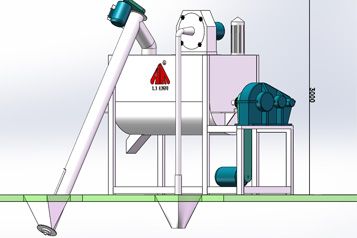
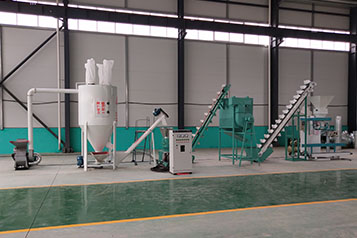
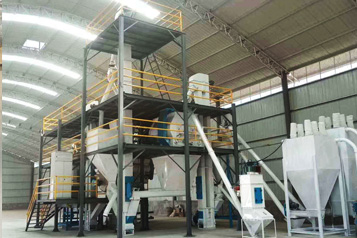
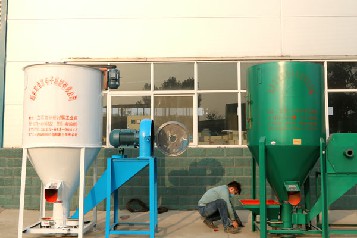
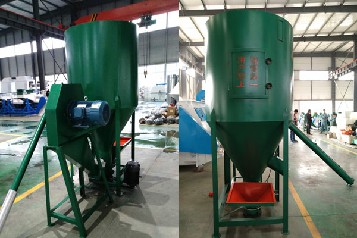


Leave your comment Here